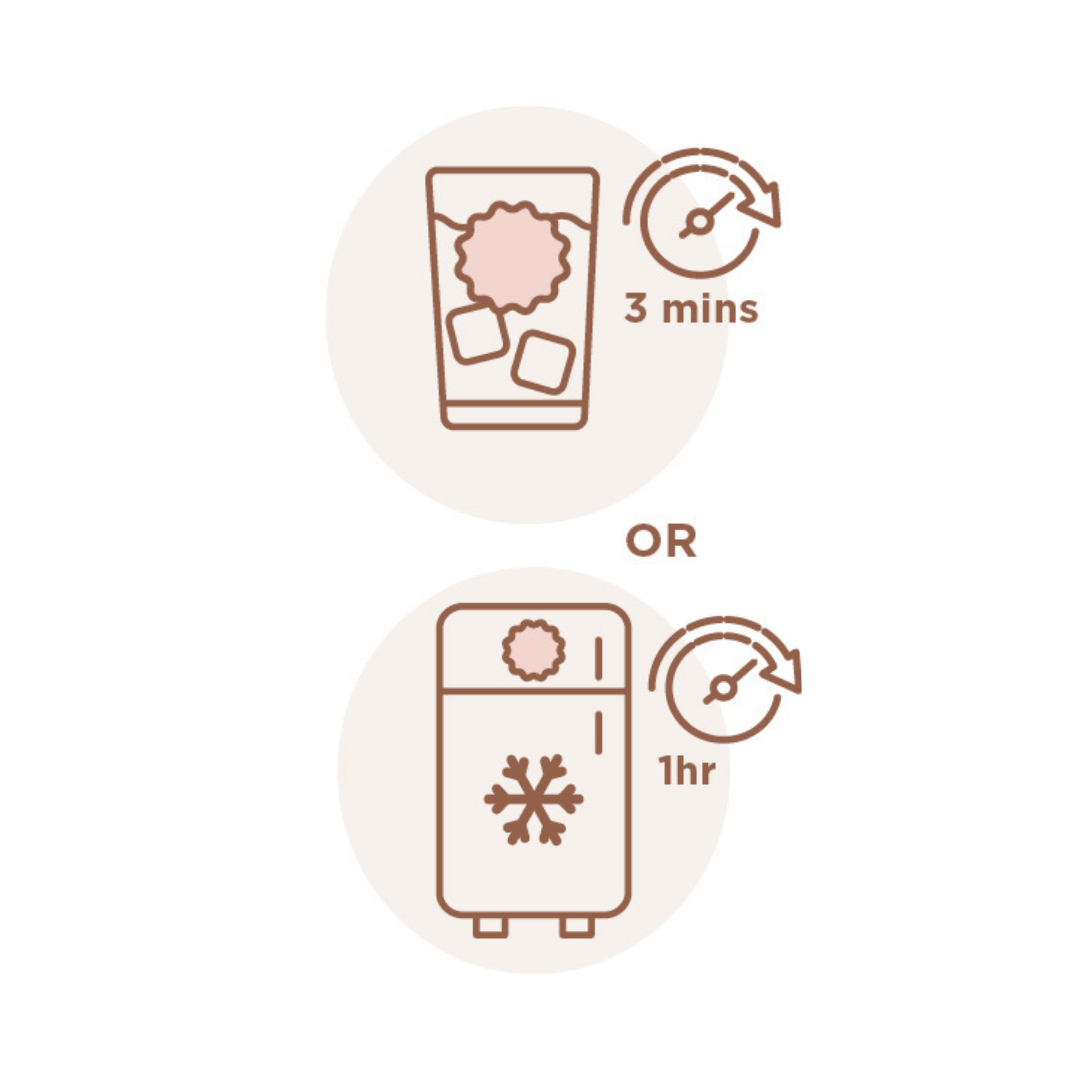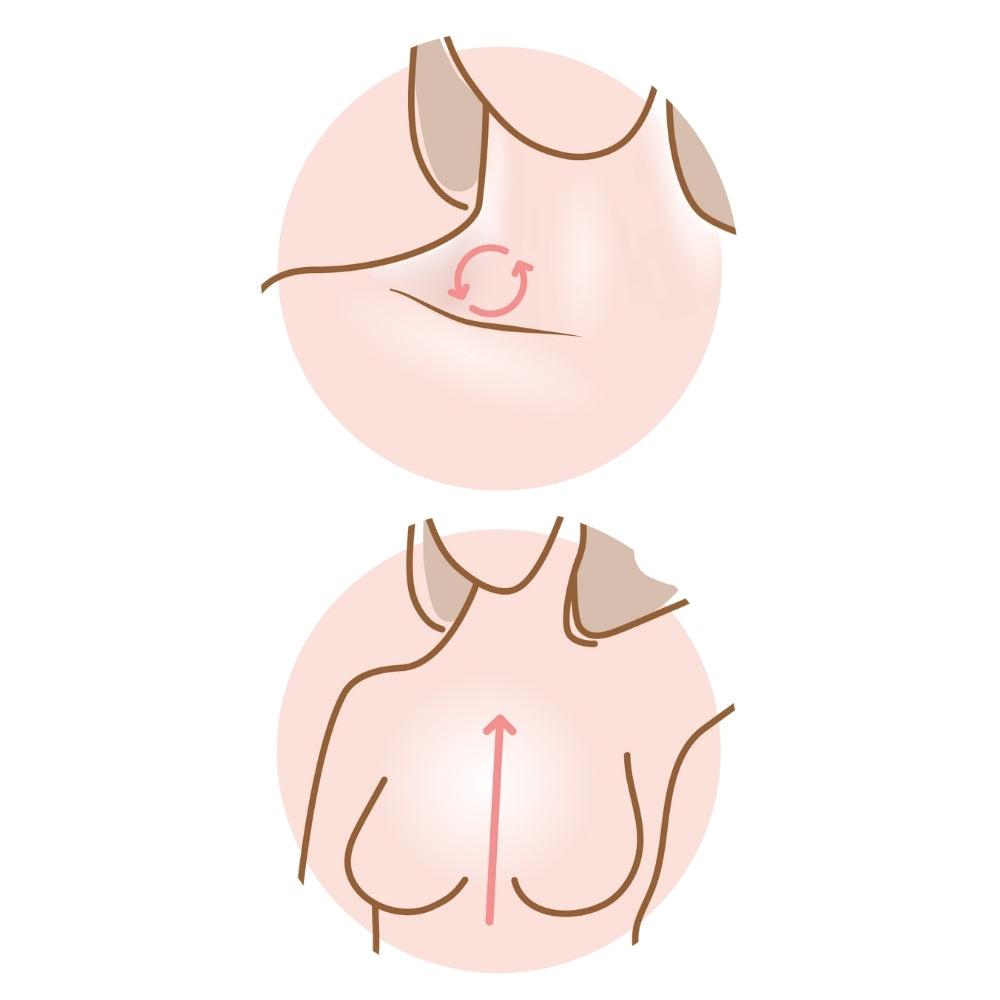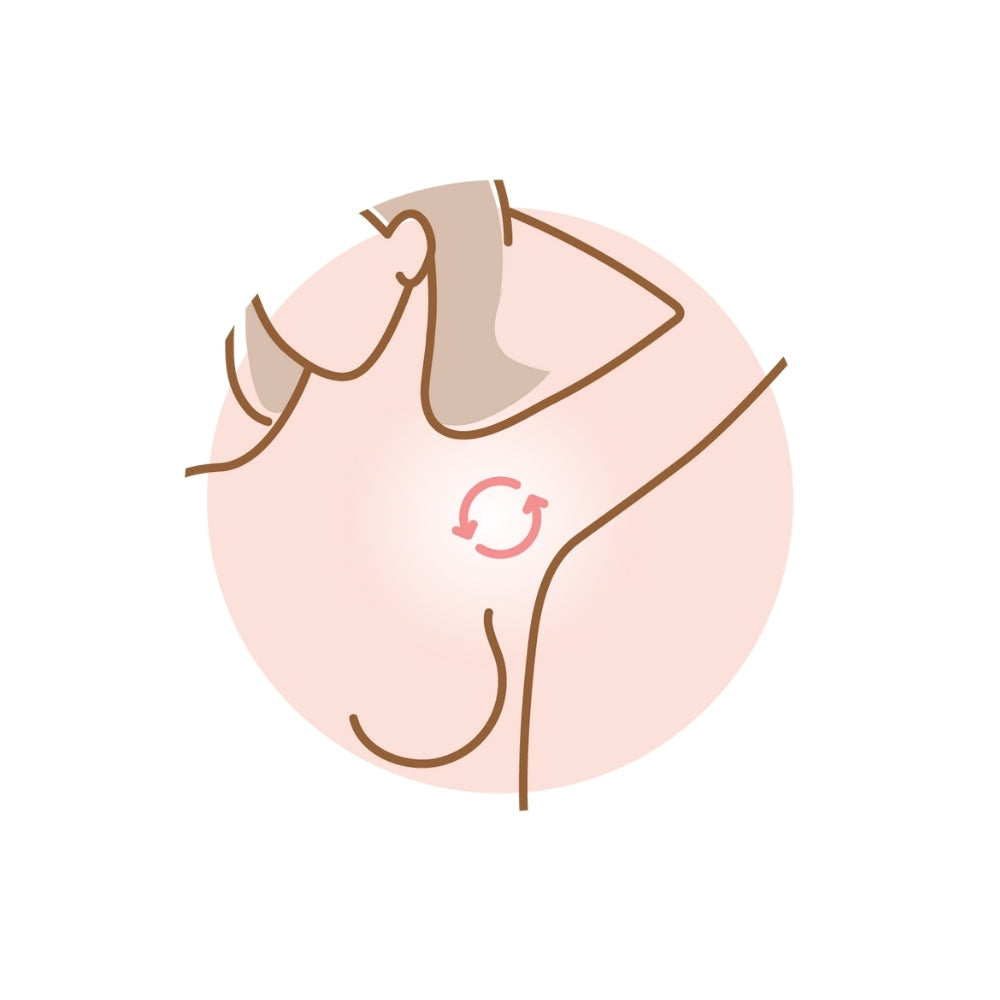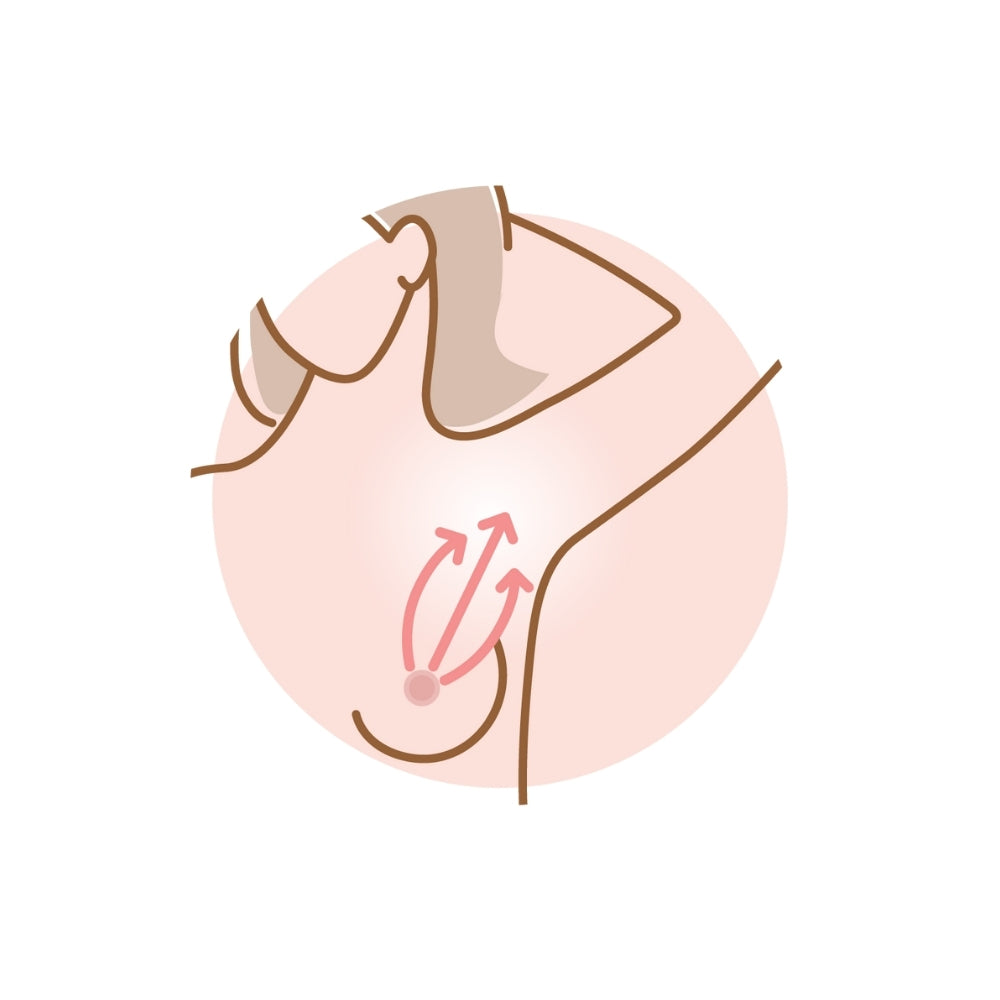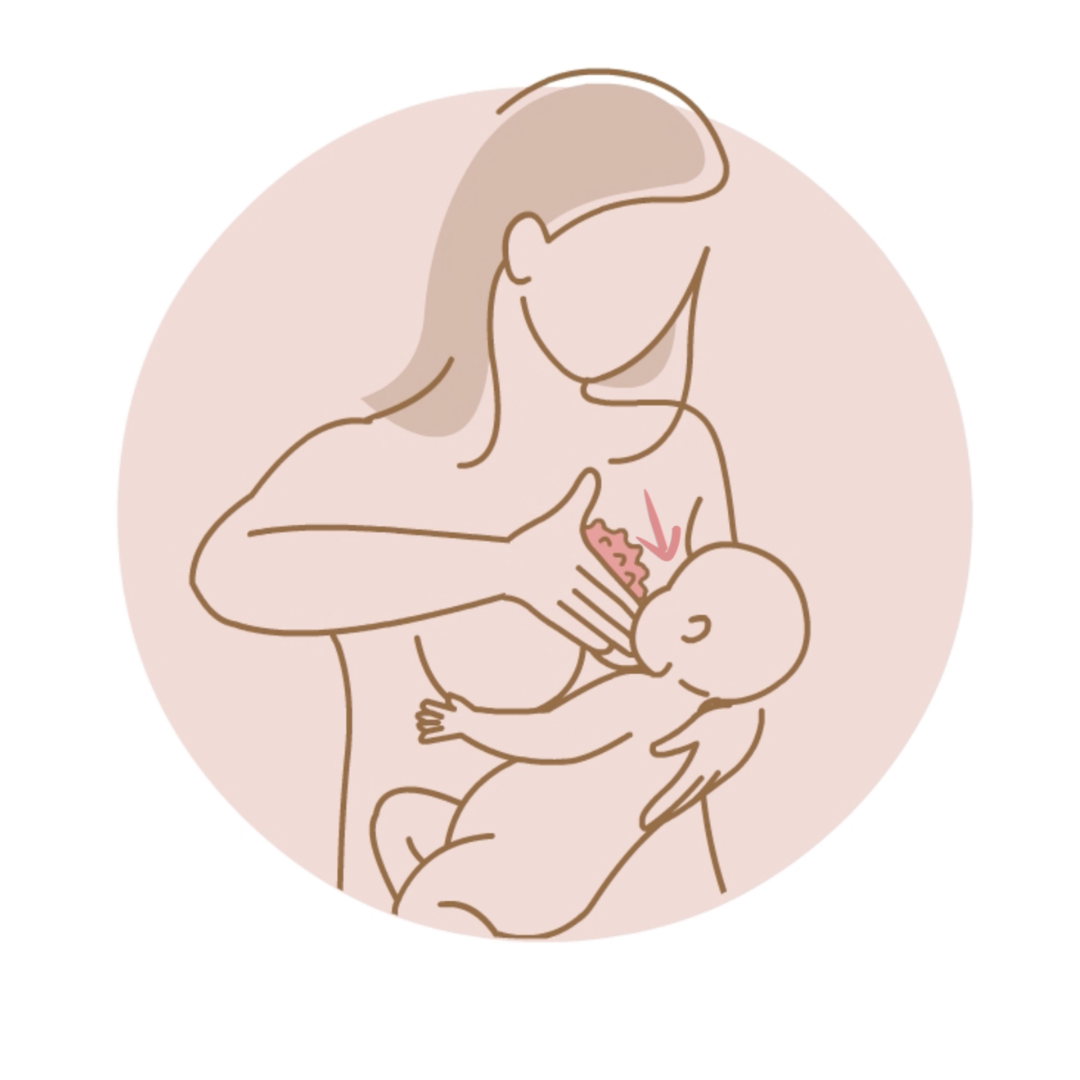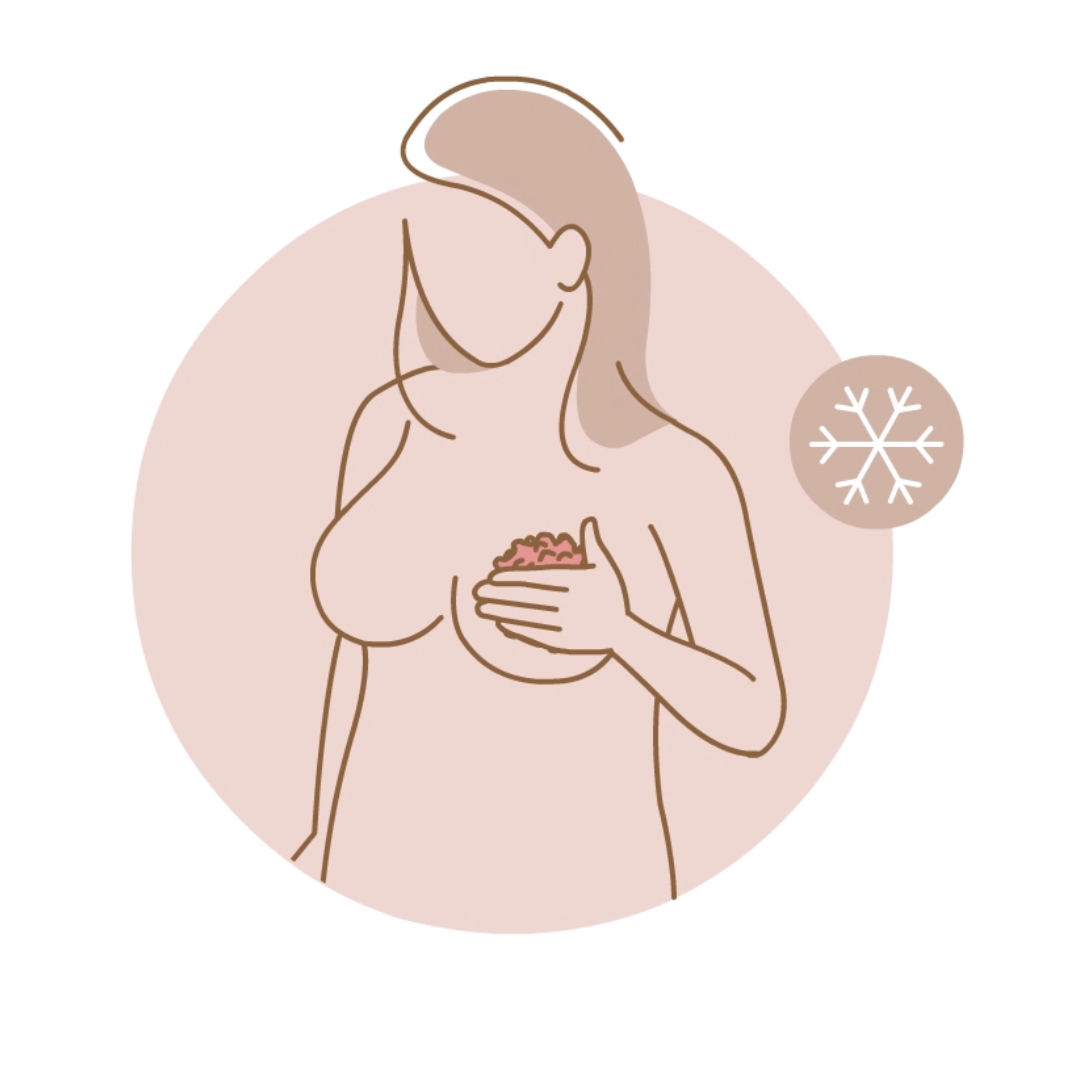
What are blocked milk ducts?
Your milk flows through ducts in your breast before it gets to your nipple. If these ducts become blocked, the milk flow becomes obstructed (milk stasis). This can cause a sore, tender lump which is commonly referred to as a blocked milk duct.
If you have a blocked milk duct, part of your breast might look swollen, lumpy and/or red and hurt when you touch it. You might notice that it’s especially painful during your let-down – ouch! Some mamas with a blocked duct might have an area of pain or tenderness without a noticeable lump. Others may get a sore white blob or spot on their nipple. Occasionally, mamas with a blocked milk duct may also experience a low-grade fever (less than 38.5°C).
If you have a blocked milk duct, continue to feed your baby or pump from the affected breast.
Before you start feeding, make sure you’re comfortable. Loosen or take off your bra and do your best to relax. Lactamo is designed to facilitate lymphatic drainage. Leading healthcare websites such as the Australian Government parenting website raisingchildren.net.au also recommend lymphatic drainage to stimulate your lymph nodes before a feed and remove excess fluid from your breast.
Lactamo can also be used during a feed to aid milk flow. Lactation consultant Sarah Thijs says “gentle breast massage with a Lactamo is great for encouraging blood flow and aiding the let-down reflex when a mama is dealing with blocked ducts.”
Easy to follow animation
Using Lactamo when you have blocked ducts
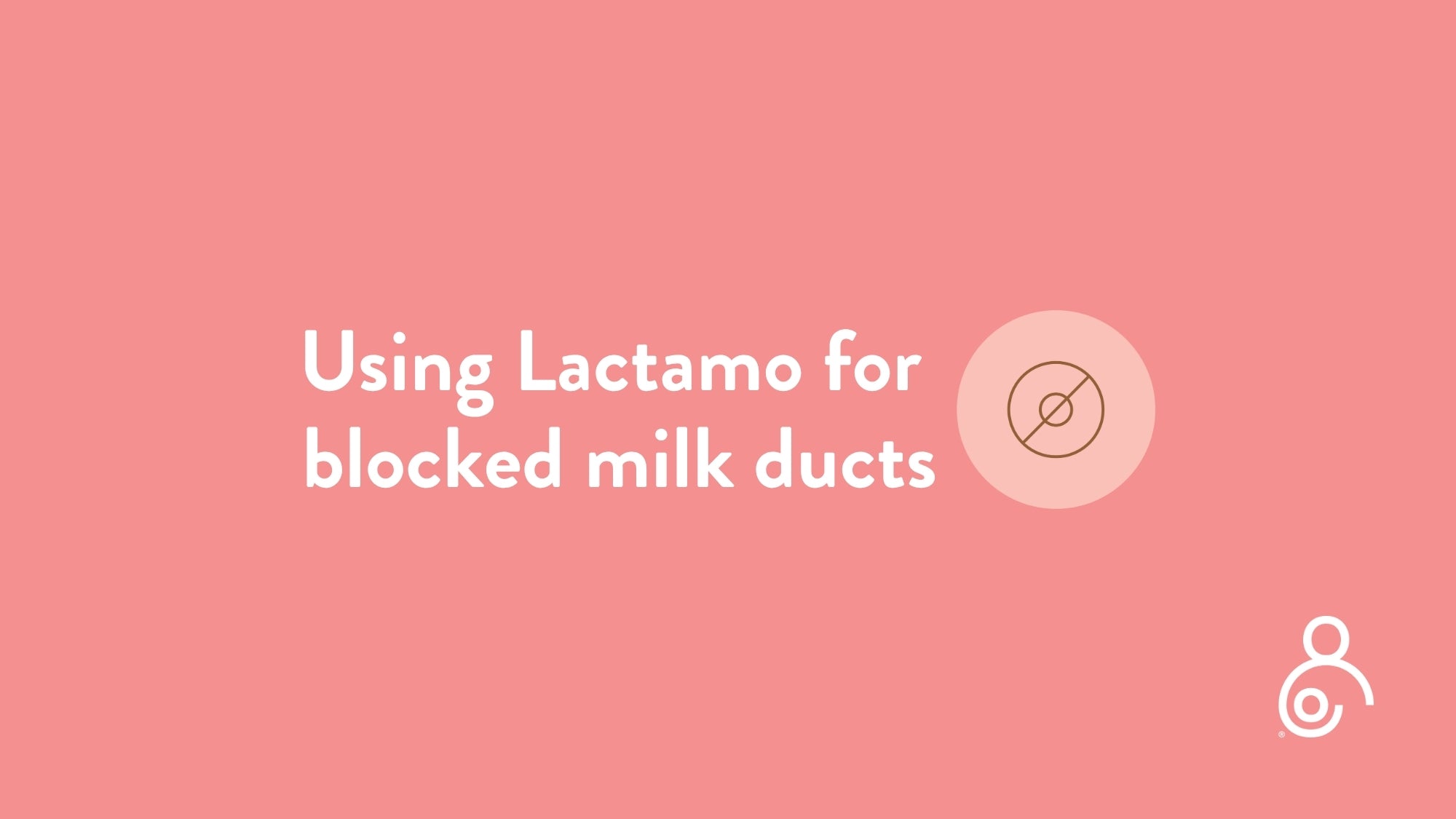
Using Lactamo when you have blocked milk ducts: six easy steps
FAQ
A blocked milk duct often presents as a tender lump in the breast. It may feel like a small, localised area of hardness or a knot beneath the skin. While the surrounding tissue usually remains soft, the specific region of the blocked duct can be painful, especially when touched or during breastfeeding.
While some blocked milk ducts can resolve on their own, proactive measures significantly speed up the process and prevent potential complications. Using Lactamo to gently massage the breast can both prevent and help to resolve blocked milk ducts. By gently massaging with a warmed Lactamo before feeds and applying a cooled Lactamo after feeds, you encourage better milk flow and can assist in clearing the blockage more efficiently.
Stress is not a direct cause of blocked ducts. However can impact your breastfeeding experience including the milk ejection reflex which can result in the breast not emptying as well. This may contribute to blocked milk ducts. It is best to try and manage your stress levels and practice relaxation techniques when breastfeeding to support your milk flow.
Yes, it's possible, although very rare, to experience blocked milk ducts during pregnancy. The breasts are preparing for lactation and undergo significant changes during this period, making them susceptible to issues like blockages. If you notice a lump or tenderness during pregnancy, it's essential to consult with a healthcare professional to ensure the best care.
This is a traditional remedy that many mothers swear by! Cabbage leaves are believed to have anti-inflammatory properties. Placing a chilled cabbage leaf directly on the affected area can provide relief from pain and swelling. However, it's essential to note that while cabbage leaves can offer temporary relief, they aren't a guaranteed cure for blocked ducts. Products like Lactamo, in conjunction with proper breastfeeding techniques, remain a more reliable solution.
The frequency of blocked milk ducts varies among mothers. Some may never experience it, while others might face recurrent blockages. Factors influencing this include breastfeeding technique, breast anatomy, feeding patterns and overall health. Implementing a consistent breastfeeding routine, ensuring effective latching, and using tools like Lactamo proactively can help reduce the occurrence of blocked milk ducts.
You can get a blocked milk duct for different reasons, including if:
- You go longer between feeds or pumping sessions (for example if your baby sleeps for longer).
- Your baby doesn’t drain your breast completely during a feed (this can happen if a feed is rushed or your baby isn’t attached well).
- You have pressure or an injury to your breast, such as a tight or ill-fitting bra, pressure from your seatbelt, or sleeping on your stomach.
Mamas with breastmilk oversupply are more likely to experience blocked milk ducts.
Continuing to breastfeed, wearing comfortable and well-fitting clothes and bras that don’t place pressure on your breasts, and looking after yourself are all ways to help keep blocked milk ducts at bay. We know it’s often easier said than done when you’re a mama but try to make sure you’re resting and sleeping when you can, eating well and staying hydrated.
Mamas surveyed as part of an independent clinical trial on Lactamo carried out by Deakin University and the Western Health Partnership used Lactamo as a preventative tool to help avoid blocked ducts. One mama commented “I have used [my Lactamo] more in the last couple of weeks because I had a bit of pain from time to time on both sides, so I wasn’t sure if I had a blockage, so for me, I use it as a preventative and a method of relieving pressure or pain.”
Following the steps to relieve blocked milk ducts before the problem strikes can help nip potential problems in the bud. Lactamo is designed to be proactive in this way.


